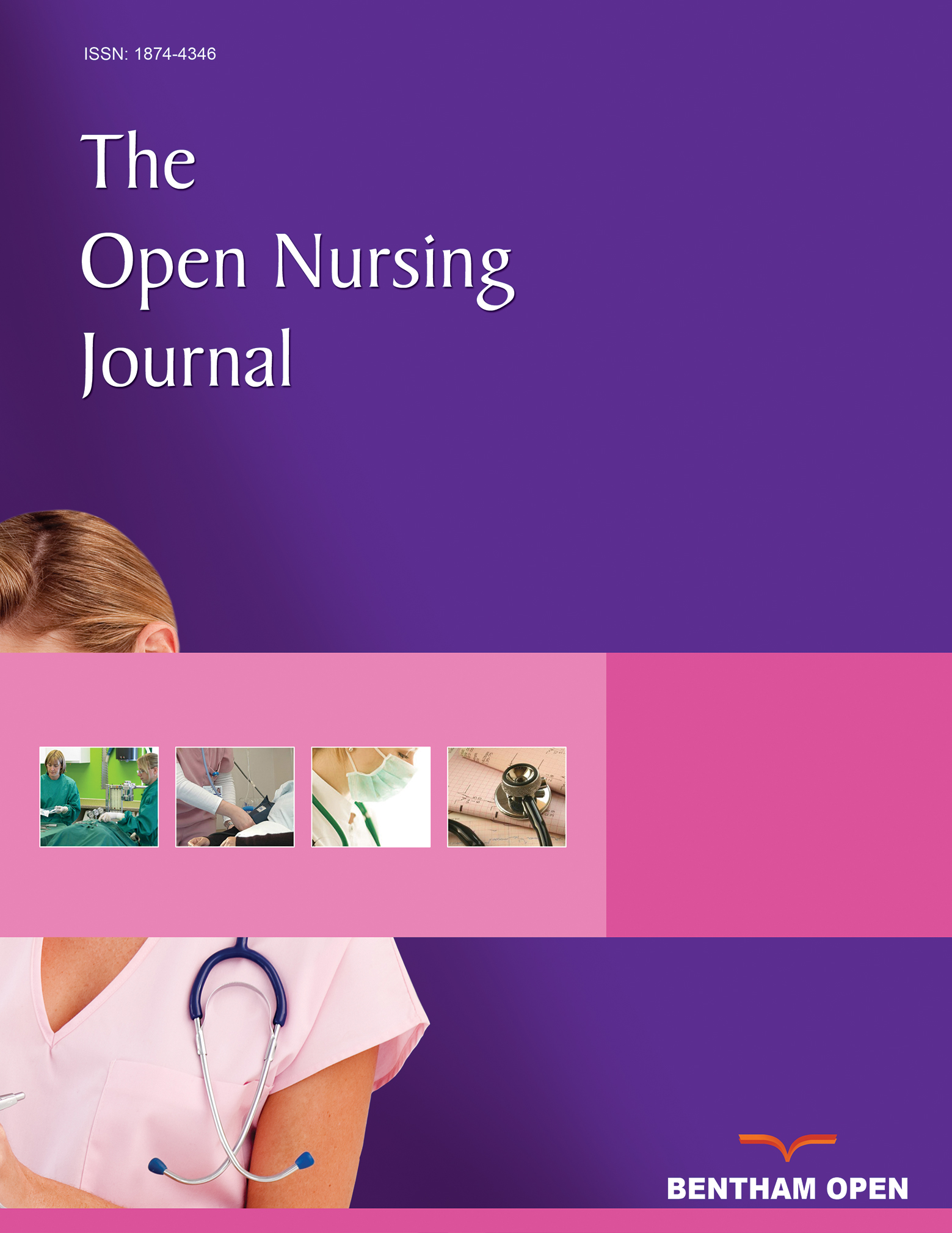All published articles of this journal are available on ScienceDirect.
Theory of Inpatient Circadian Care (TICC): A Proposal for a Middle-Range Theory
Abstract
The circadian system controls the daily rhythms of a variety of physiological processes. Most organisms show physiological, metabolic and behavioral rhythms that are coupled to environmental signals. In humans, the main synchronizer is the light/dark cycle, although non-photic cues such as food availability, noise, and work schedules are also involved. In a continuously operating hospital, the lack of rhythmicity in these elements can alter the patient’s biological rhythms and resilience. This paper presents a Theory of Inpatient Circadian Care (TICC) grounded in circadian principles. We conducted a literature search on biological rhythms, chronobiology, nursing care, and middle-range theories in the databases PubMed, SciELO Public Health, and Google Scholar. The search was performed considering a period of 6 decades from 1950 to 2013. Information was analyzed to look for links between chronobiology concepts and characteristics of inpatient care. TICC aims to integrate multidisciplinary knowledge of biomedical sciences and apply it to clinical practice in a formal way. The conceptual points of this theory are supported by abundant literature related to disease and altered biological rhythms. Our theory will be able to enrich current and future professional practice.


